Aggregated Tasks in Planner and To-Do
Some of you are aware that I spent the first 15 years of my technology career largely within Project Management roles, and for a few years even deployed project and portfolio management solutions, and helped to build and run project management organizations (PMOs) as both an FTE and a consultant. From the earliest days of my PM career, much of my time was spent aggregating tasks from across multiple projects, building out reporting systems, and chasing people for status reports (I don’t miss any of that last one). Thankfully, we are coming to the end of this frustrating and time-consuming activity due to advances in task management.
Btw, I shared this tip in the October 2019 Productivity Tips webinar with Tom Duff (@duffbert), and if interested, you can check out the recording and slides. You can also jump straight to this tip in the video by clicking here.
What is Planner?
The purpose of this post is not to provide an in-depth review of Microsoft Planner, but I figured I’d supply a quick overview. For project-centric organizations, Planner is a quick and easy way to get organized. I have argued that MS Project, and certainly Project Server and its direct competitors, are overkill for the needs of most individuals and small teams that really just want something quick and easy to keep their planning organized, and to help drive accountability. Microsoft Planner is integrated within Microsoft Teams, but is also available as a standalone offering for those orgs not yet using Teams. I’m not up to date on all-things-Planner to know if there are feature differences between Planner in Teams and Planner as a standalone SKU, so for the purposes of this article, I’m referring to the version in Microsoft Teams.
Planner provides list and card-based collaboration (Kanban), with the ability to create multiple Planner boards within a Team/Channel, or to leverage a single plan/board across multiple teams. Adding tasks is quick and easy, as is the process of adding columns/stages/phases to your project methodology. Once created, they can be dragged-and-dropped, as needed.
Over time, you may have been assigned to many tasks within numerous boards across several Teams and Channels. How do you keep track of everything that has been assigned to you? One of the most critical features for any project management solution in this era of the digital workplace is to have a “portfolio” view of all of your boards and assigned tasks — one place where you can go and see all of your tasks by project, as well as by due date.
Your Portfolio View
To see an aggregated view of your tasks, log into your Office.com account and select the Planner app or go straight to Tasks.Office.com (which takes you to the same place):
Once in Planner, select the Planner Hub from the left menu, and browse the boards in your portfolio view by navigating between Recent Plans and All Plans. For the more visual perspective of your plans as shown here, select plans as Favorites, giving you visual cues into the health of each Planner board/plan. As you can see, this visual from my company portal is pretty boring, as most of my Planner activities are done in client Teams, but hopefully you get the idea.
From the left nav, select My Tasks to review all of your tasks in an aggregated view, allowing you to group tasks by project, due date, progress, etc.
Adding a Mobile View
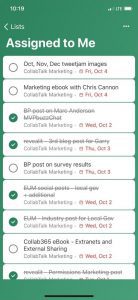 Ok, let’s be honest — I am never (rarely) going to log into Office.com or Tasks.Office.com to review tasks. The browser editions are just not typically where I go to get work done. I prefer to work within the native desktop applications (from which I can work offline), or access streamlined views of tools and data via my mobile device. One of the tools that is playing a more important role in my daily productivity is the Microsoft To-Do app — and you can enable both the desktop and mobile versions of To-Do to provide this same aggregated view into your assigned tasks.
Ok, let’s be honest — I am never (rarely) going to log into Office.com or Tasks.Office.com to review tasks. The browser editions are just not typically where I go to get work done. I prefer to work within the native desktop applications (from which I can work offline), or access streamlined views of tools and data via my mobile device. One of the tools that is playing a more important role in my daily productivity is the Microsoft To-Do app — and you can enable both the desktop and mobile versions of To-Do to provide this same aggregated view into your assigned tasks.
Back in May 2019, Joanna Parkhurst (@jo_parkhurst), a PM on the Planner team at Microsoft, blogged about the Planner and To-Do integration, in which she walks the reader through the steps to enable this functionality. While the functionality between the To-Do app and Planner is not yet at parity (you can’t create a Task in To-Do that appears in Planner), the aggregated view of tasks is a HUGE productivity boost.
Check it out and turn it on, people!

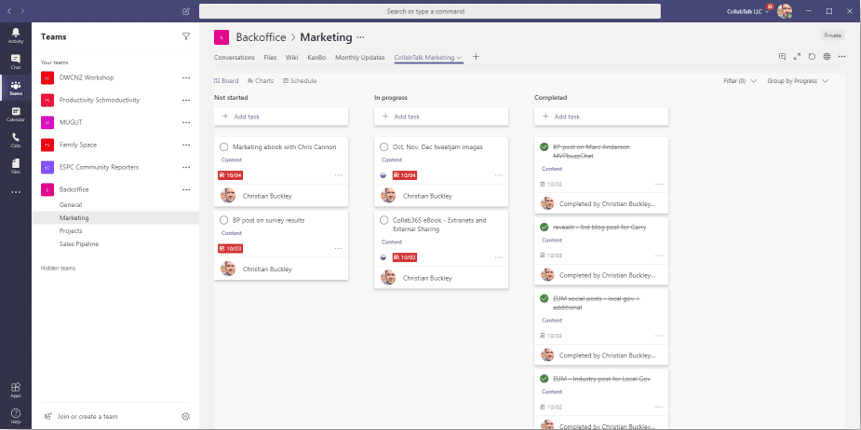
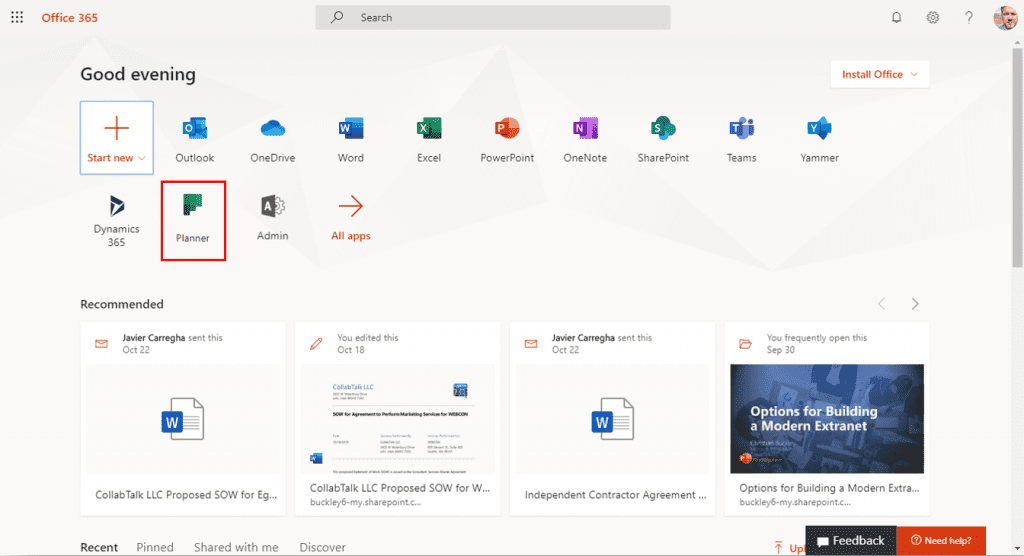
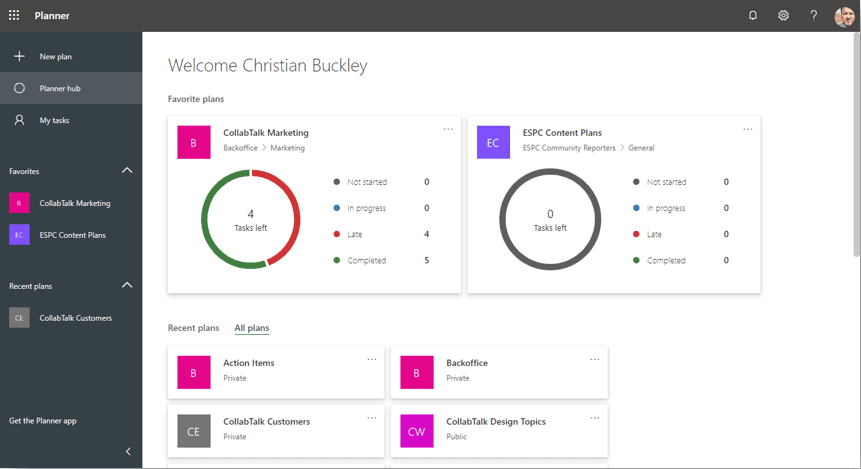
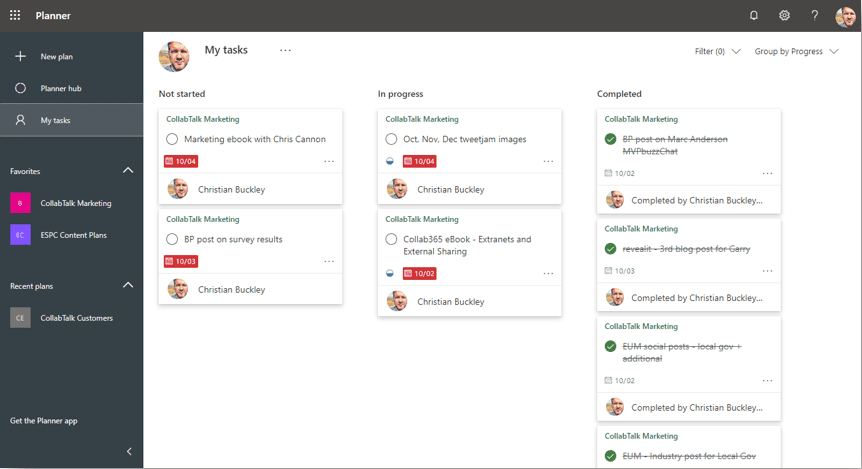




1 Response
[…] Aggregated Tasks in Planner and To-Do [buckleyPLANET] […]